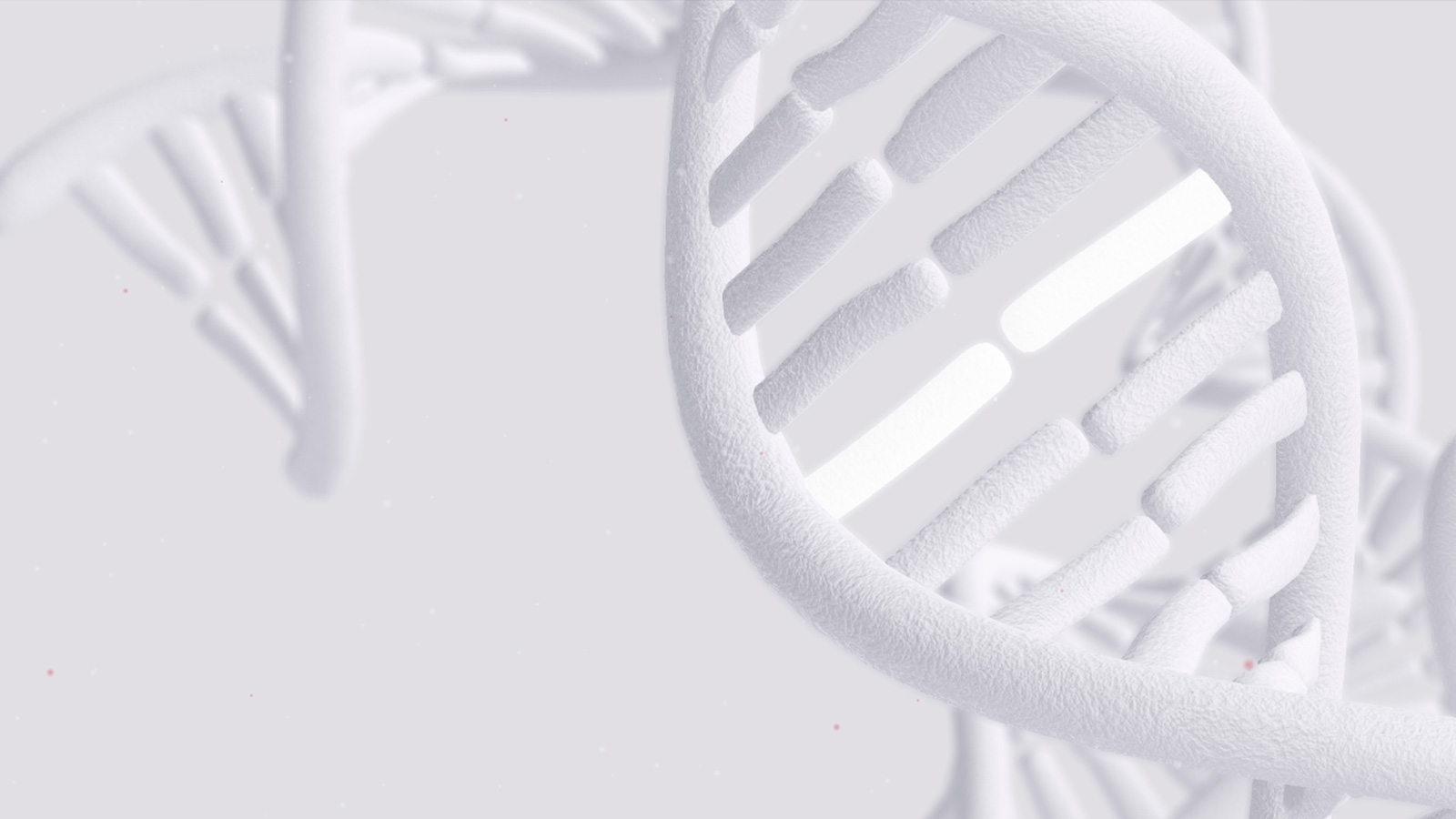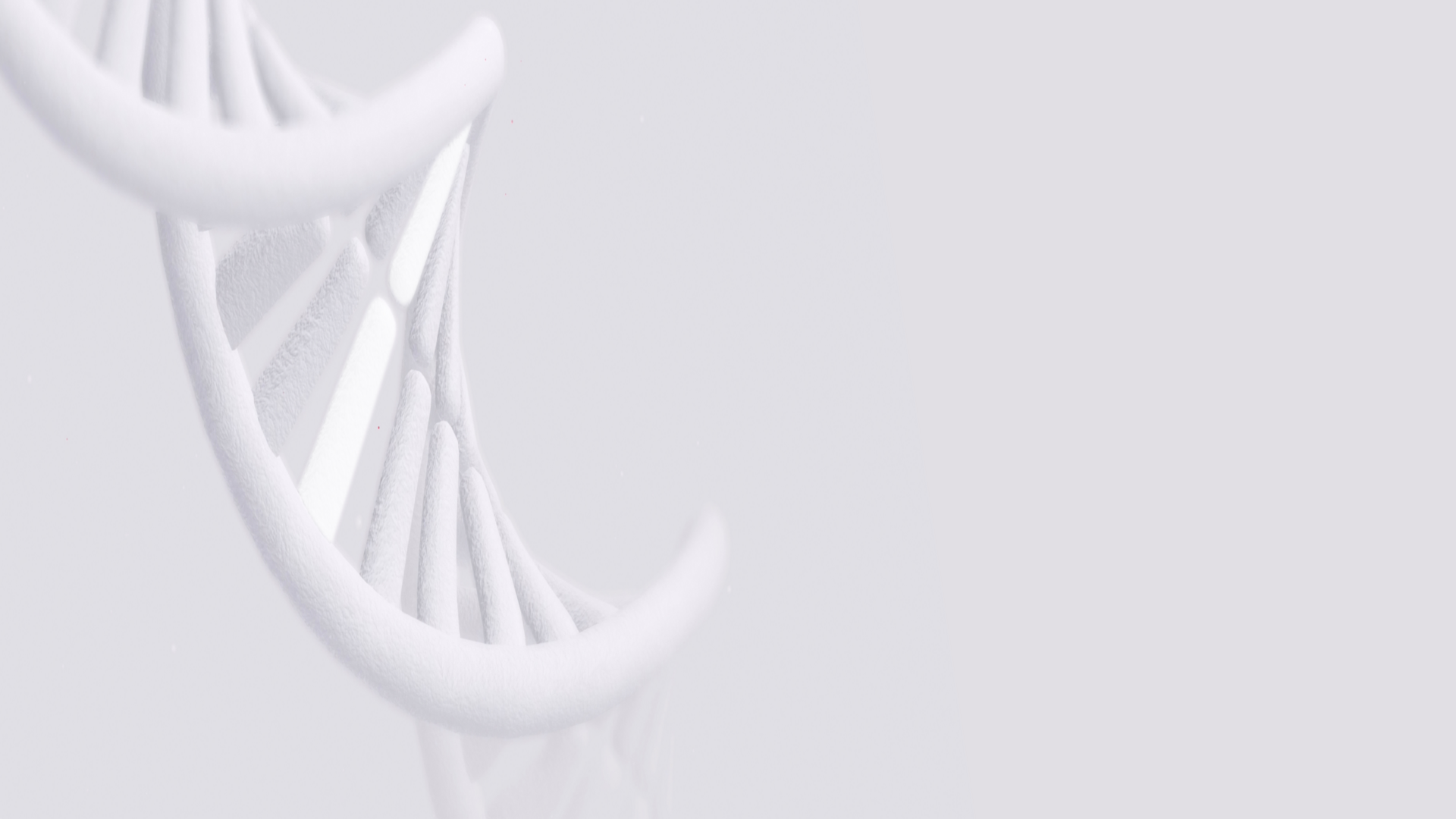Scientific Publications
Curious About the Latest Scientific Discoveries?
Science combined with clinical diagnostics enhances common knowledge to the benefit of the medical community. Explore our findings and stay informed about the latest discoveries.
Discover our Publications
Ultra-Rare Immune Disorder Uncovered
Homeostasis of the immune system is key for human health. Recently, CENTOGENE carried out an analysis of clinical and genetic data from the CENTOGENE Biodatabank, which enabled the identification of […]
An Encyclopedia for Mass Spectrometry Lipidomics
Mass spectrometry (MS) is a state-of-the art technique to identify and quantify lipid species. This study analyzed this tool to pave the way to better research and health outcomes for patients around […]
A Multiomic Approach to Diagnosing Patients and Accelerating Treatments
An approach which integrates genetic and biochemical testing as first-line diagnostic tool for patients with inherited metabolic disorders.
Retrospective Diagnosing of Rare Disease Patients
Despite diagnostic exome/genome sequencing, patients remain without a diagnosis when the relevant gene-disease association is not yet known at the time of analysis. CENTOGENE therefore re-evaluates […]
Broader Applicability of Rare Disease Biomarker
Biomarkers have the potential to serve numerous purposes (diagnosis, prognosis, monitoring, etc.) when well-characterized in large cohorts of patients and controls. Building on its rich source of […]
Innovative Treatment of a Severe Disease
Exploratory innovative treatments are often pursued and justified in diseases that are associated with fatal outcomes in early childhood. CENTOGENE is proud to have contributed to a pertinent success […]
In-Depth Characterization of a Novel Disease
Establishing a novel gene-disease link has immediate diagnostic implications, while therapeutic considerations require functional insights beyond genotype and phenotype. CENTOGENE researchers […]
Contributions to WGS Guidelines for Rare Disease Diagnostics
Proper genetic diagnostics relies on up-to-date guidelines. These have recently been revised for Whole Genome Sequencing (WGS) by a panel of European experts. CENTOGENE’s Chief Genomic and Medical […]
Increasing Disease Insights by Describing Large Patient Cohorts
A deep understanding of a specific rare disorder is usually hampered by the small size of available patient cohorts. CENTOGENE was able to leverage its Biodatabank to overcome this obstacle for […]

